Ganesh Chaturthi
India
Idolatry at its finest.
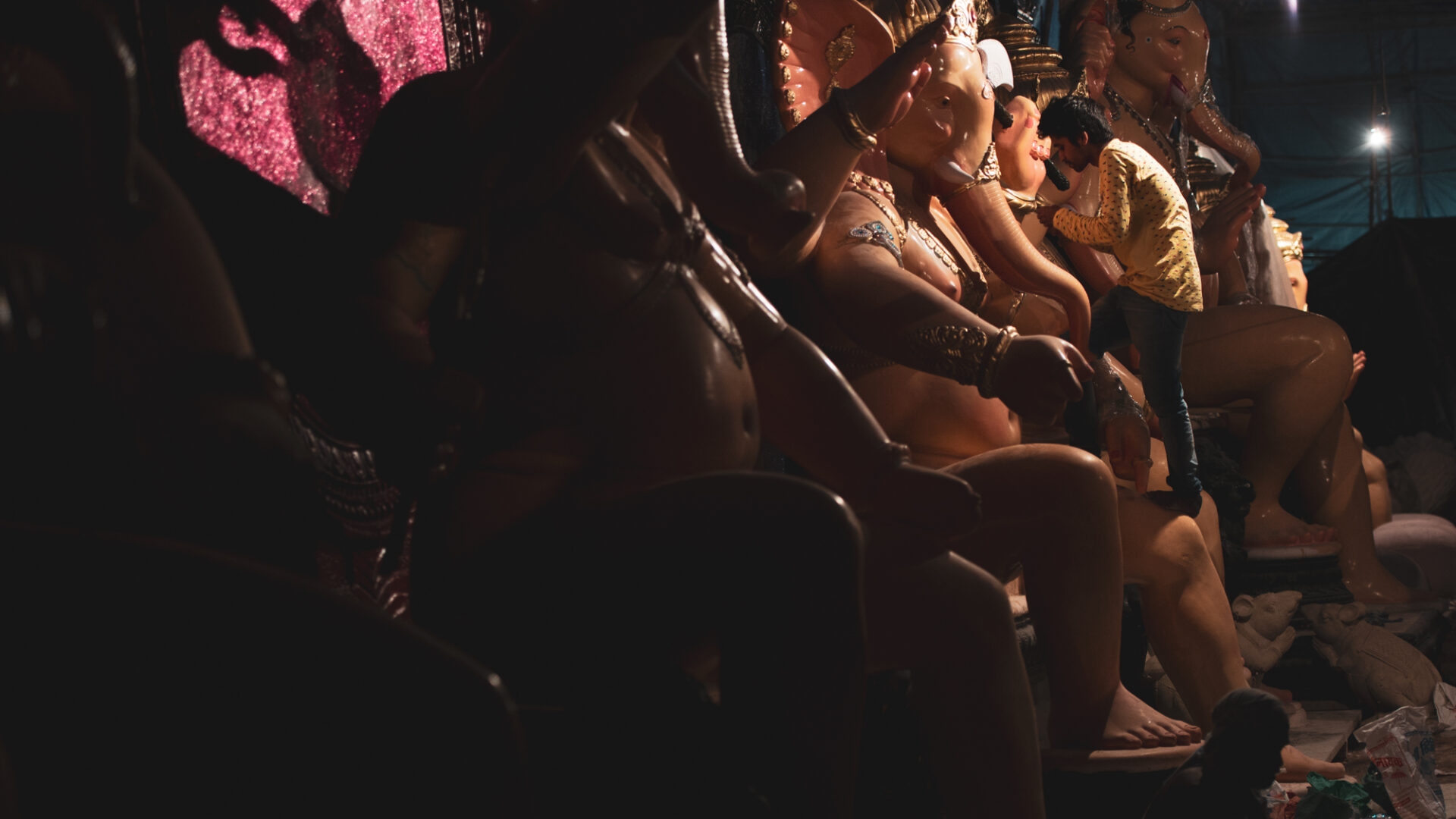
While India is globally recognized for its three major pan-Indian festivals – the colorful spring festival of Holi, the triumph of good over evil celebrated during Dussehra, and the illuminating festival of lights, Diwali – Ganesh Chaturthi often surpasses them in its sheer scale of enthusiasm and public participation, especially in the bustling metropolises of Mumbai and Pune in the state of Maharashtra. The palpable fervor surrounding this ten-day celebration has, in recent times, been further amplified by expressions from Hindu believers asserting India's cultural and spiritual identity, adding another layer of significance to the festivities for many.
During Ganesh Chaturthi, homes, communities, and public spaces are meticulously and artistically adorned with idols of Lord Ganesha in various sizes, forms, and intricate decorations. Devotees engage in elaborate rituals and heartfelt prayers dedicated to the beloved deity. The festivities are particularly marked by grand ceremonies on the first day, establishing the idol in its place (Sthapana), and on the final day, before its immersion. Throughout the ten-day celebration, a rich tapestry of cultural and religious events unfolds in homes and community pandals (temporary structures erected for the festival). People come together to express their deep gratitude to Lord Ganesha for his blessings, seek his divine favor for their endeavors, and partake in joyous communal celebrations.
The culmination of Ganesh Chaturthi is the symbolic and emotionally charged procession leading to the immersion of all the installed idols into a body of water, be it the sea, a river, a lake, or even a temporarily created water tank. This tradition of ritually immersing the Ganesh idols on the last day of the festival is known as Ganesh Visarjan. This practice is steeped in profound symbolism and is carried out for several significant reasons:
To emphasize the impermanence of things: The immersion serves as a powerful reminder of the transient nature of the physical world and the cyclical essence of creation and dissolution. Just as the idol is lovingly crafted from earth and returns to water, so too does everything in the universe eventually merge back into its source.
To allow Ganesha to return home: Devotees believe that Lord Ganesha graces their homes and communities during the festival and, with the Visarjan, he is respectfully bid farewell as he returns to his celestial abode, Mount Kailash, to rejoin his parents, Lord Shiva and Goddess Parvati.
To say farewell to the deities: The immersion is also seen as a way to bid adieu to all the divine energies and blessings that Lord Ganesha has bestowed upon the devotees during his stay. It is a moment of both sadness at parting and hope for his return the following year.
To allow Mother Earth to bear the idols' power and energy: Some traditions also view the immersion as a way for the earth and water to absorb the divine power and energy emanating from the idols, thereby enriching the environment and spreading positive vibrations.
The vibrant processions leading to the Visarjan are a spectacle in themselves, filled with music, dancing, chanting, and the joyous cries of "Ganpati Bappa Morya, Pudhchya Varshi Lavkar Ya!" (Lord Ganesha, come again soon next year!). This final act of devotion marks the end of the festivities, leaving devotees with cherished memories and a renewed sense of faith until the return of Lord Ganesha the following year.

During this season, workshops for the creation and sale of Ganesha idols can be seen throughout the town.
It is particularly vibrant in the state of Maharashtra and has become a cultural spectacle.
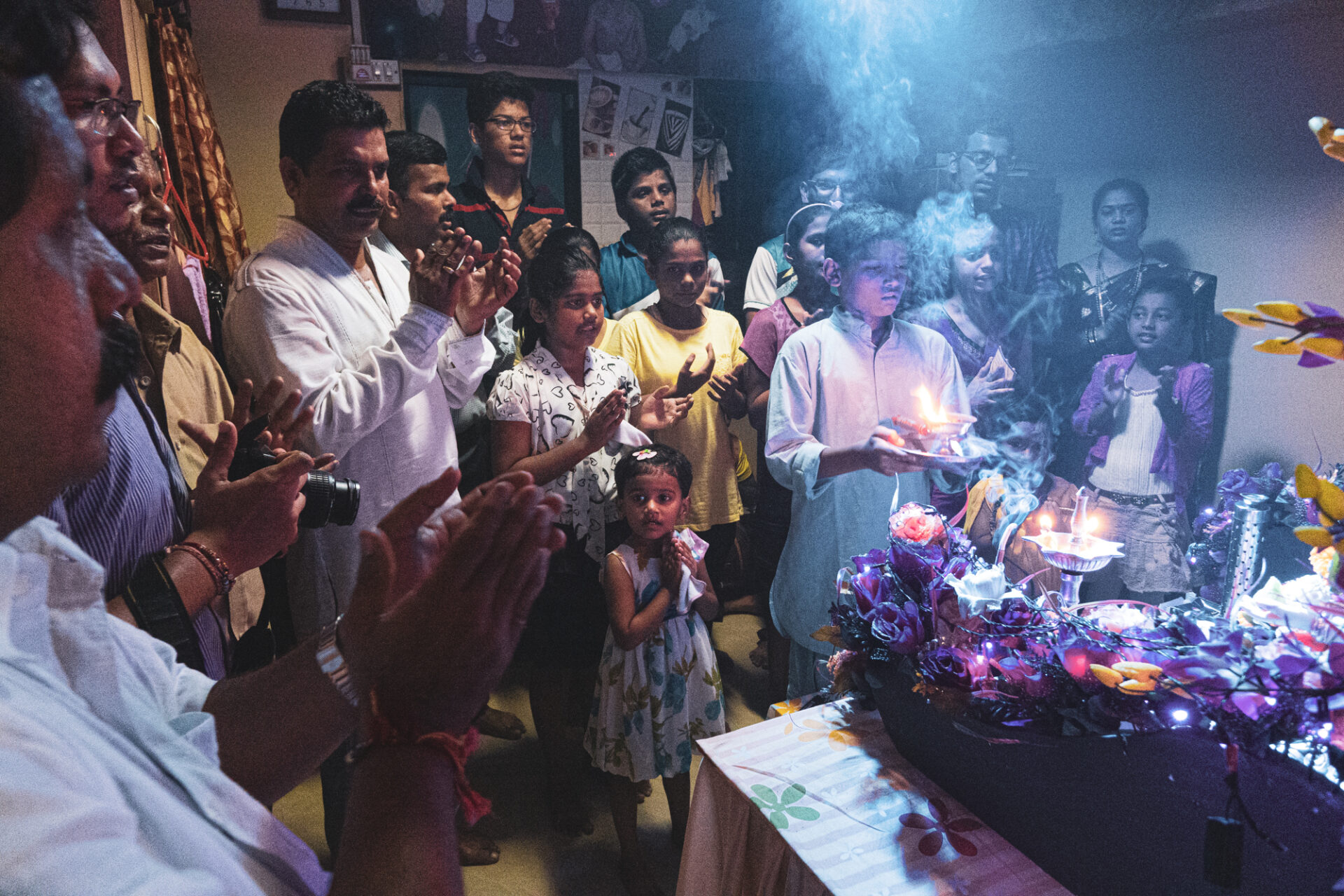
Relatives gather to offer Puja to the idol of Ganesh.
( Puja is a worship ritual performed by Hindus to offer devotional homage and prayer to one or more deities, to host and honor a guest, or to spiritually celebrate an event. )

A tale of overcoming evil and rewarding good is performed on the streets, defeating demons.
These events build up excitement day by day, leading to the climax on the final day of the festival.
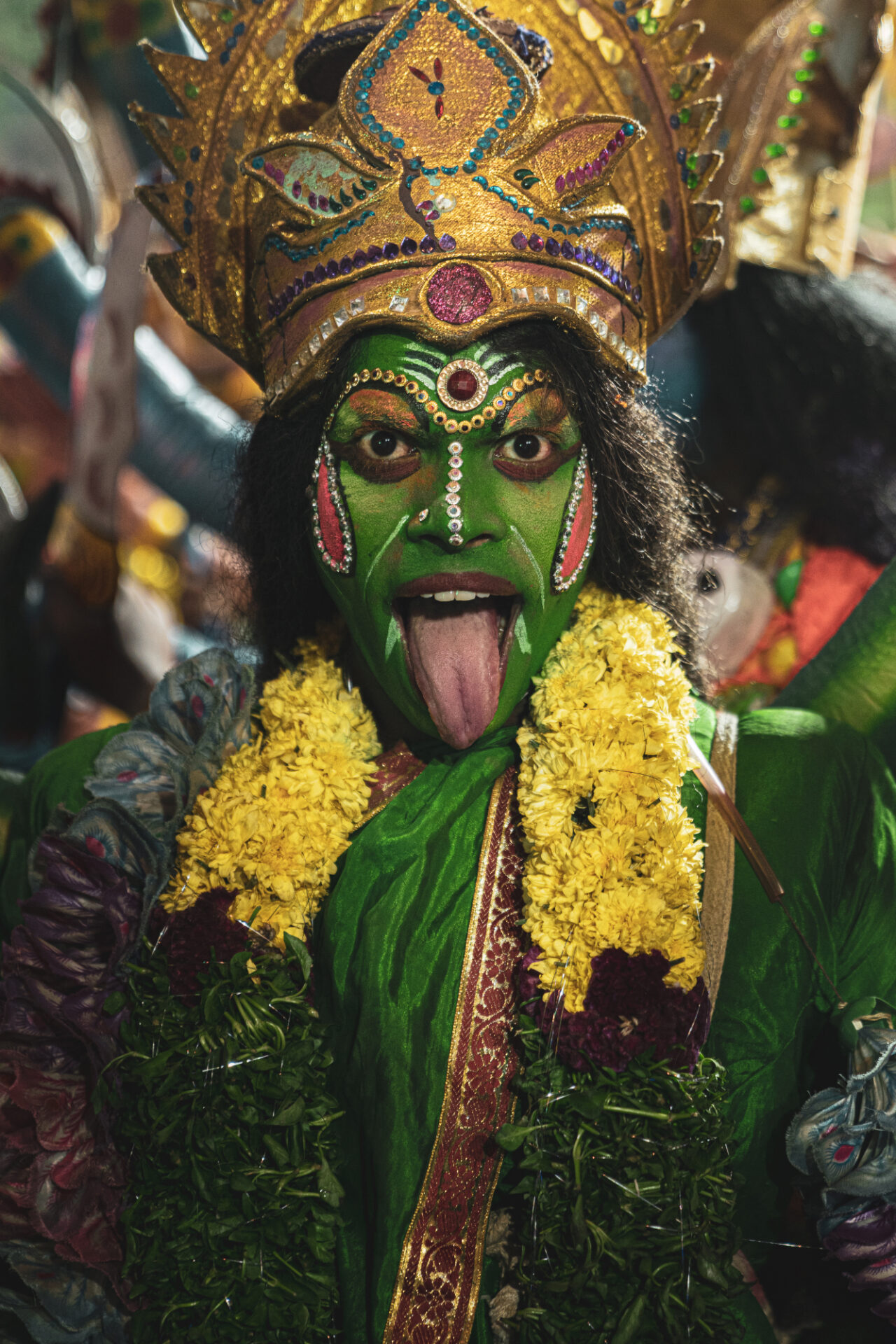

The chant of "Ganpati Bappa Morya" echoes around.
(It's a sentence praising God Ganapati)
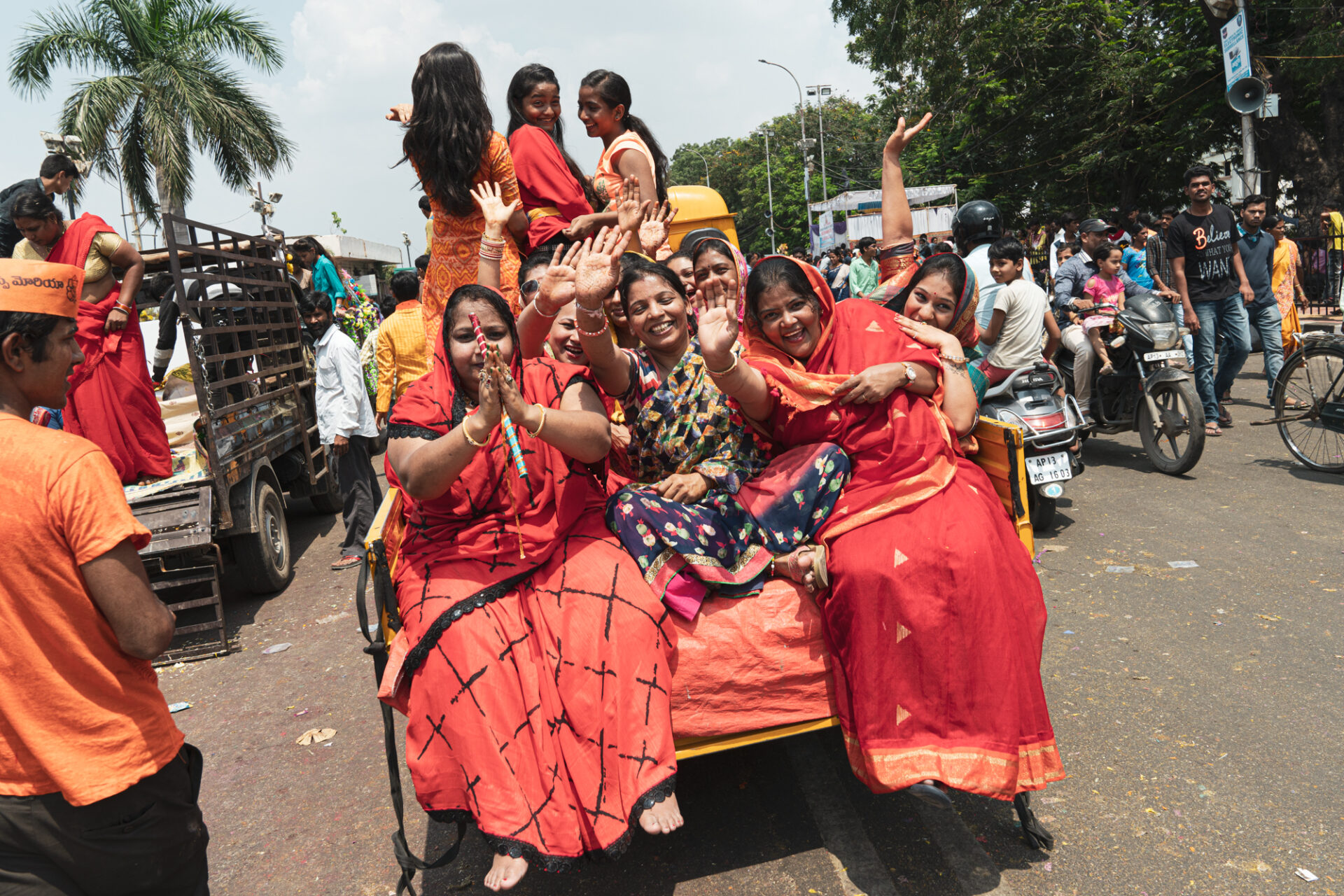
On the final day of the festival, people carry the idols and head towards the water. Everyone is wearing a smile.
(Hyderabad)
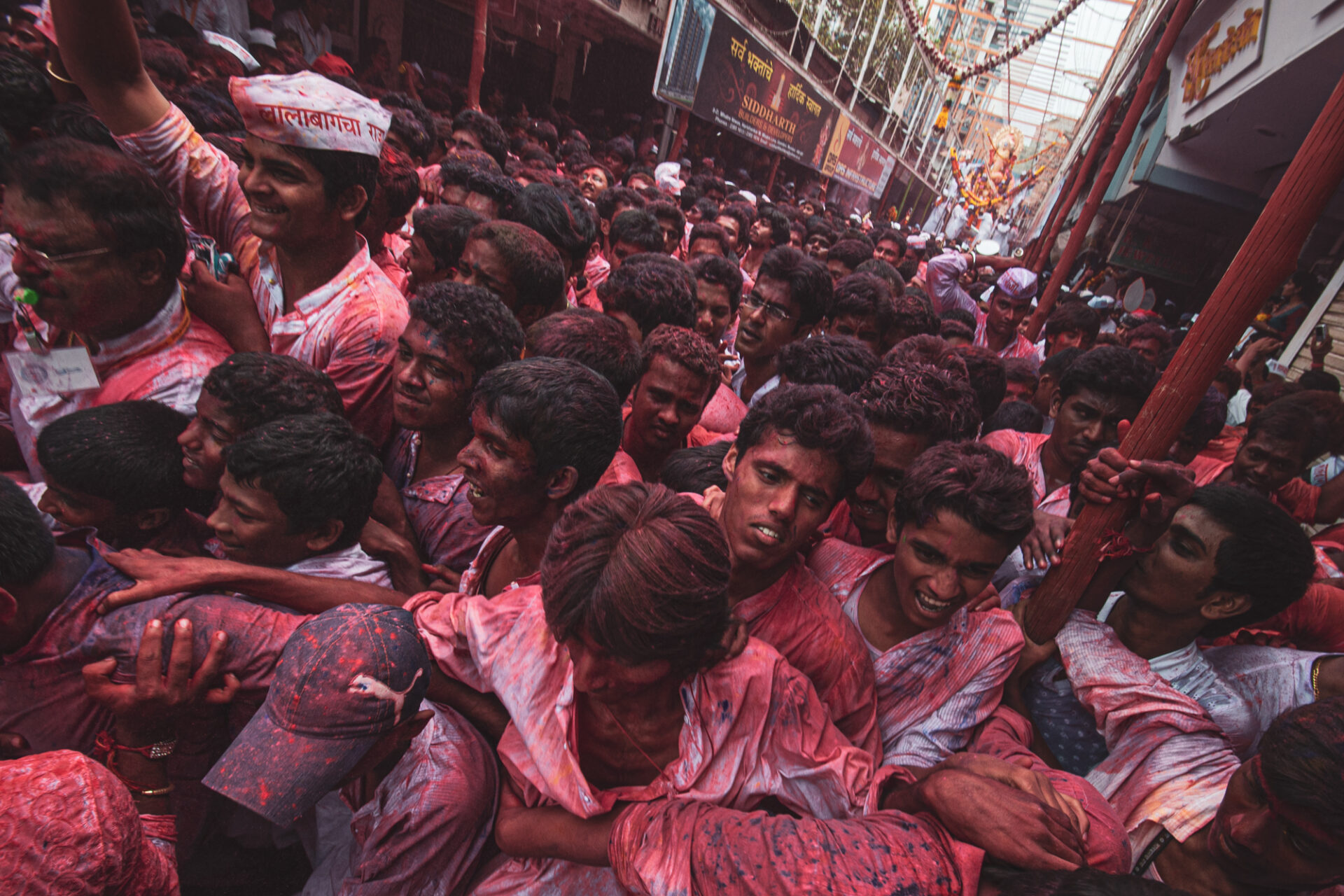
While India is known for its three major festivals(Holi Dussehra Diwali),Ganesh Chaturthi surpasses them in enthusiasm, particularly in cities like Mumbai and Pune.
(Mumbai)
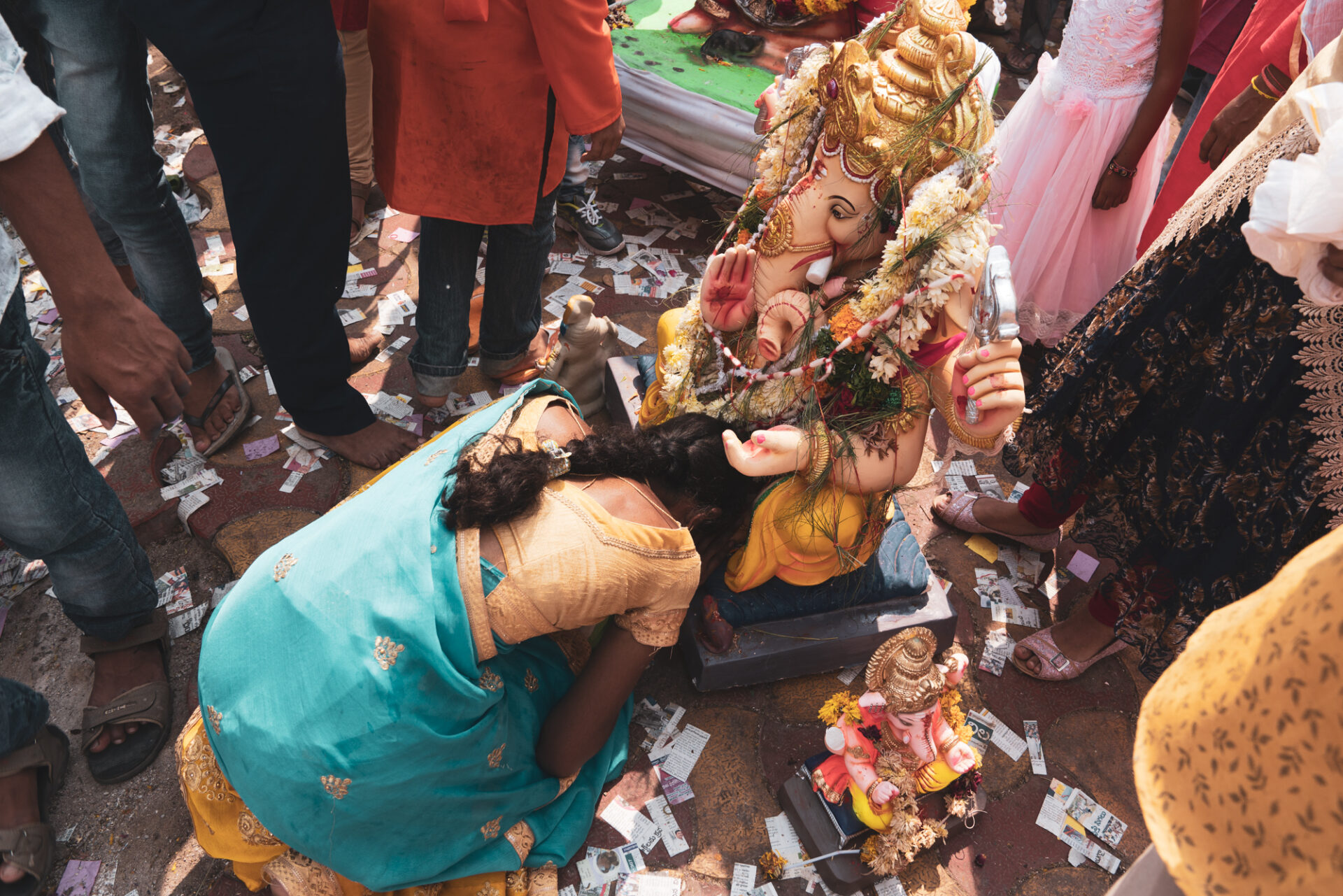
The size of the idols varies, ranging from smaller ones to idols as tall as four-story buildings.

On the last day of the festival, the statues are submerged in water.
SACREDNESS OF WATER: Water is one of the elements considered sacred in Hinduism and many other religions.
Submerging an image of Lord Ganesha in water is believed to release divine energy through water.
This is also meant to seek protection from disasters and bad fate.
In Hyderabad, the statue is sunk in hussain sagar lake.
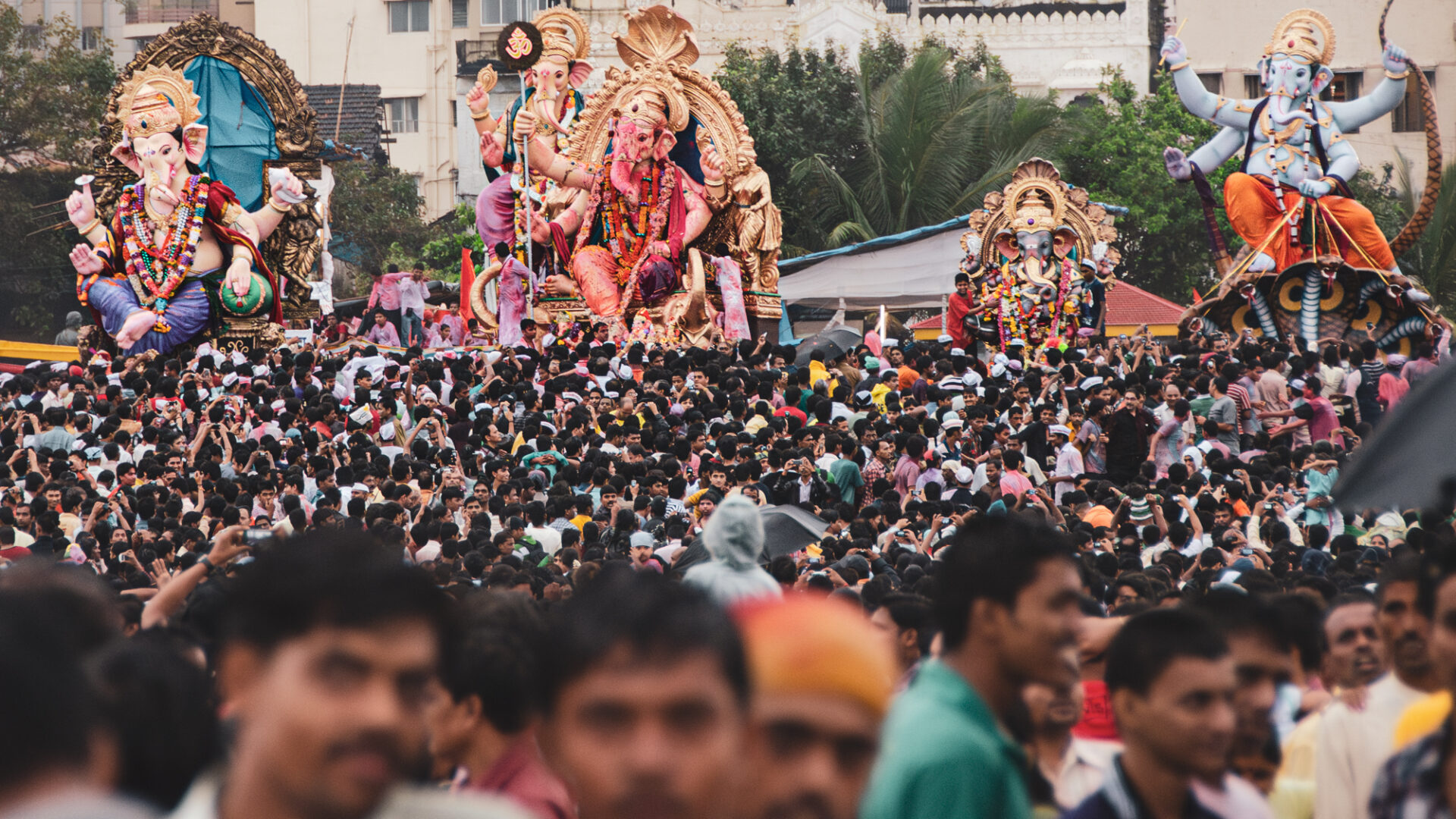
Mumbai during the monsoon season.
Despite the rain, idols continue to be brought in by the sea one after another.
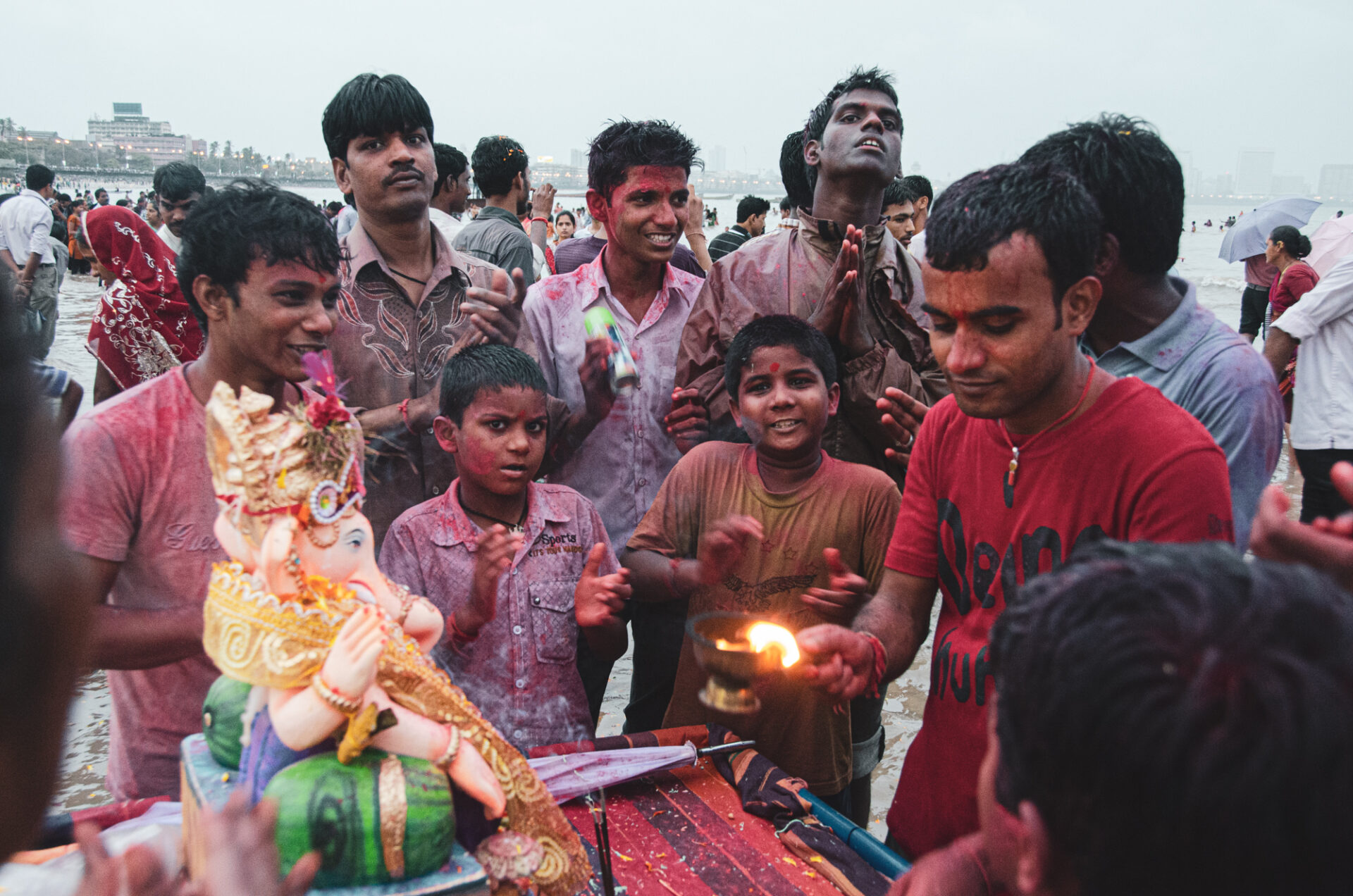
Before the idols are submerged in the sea, the final Puja is conducted.
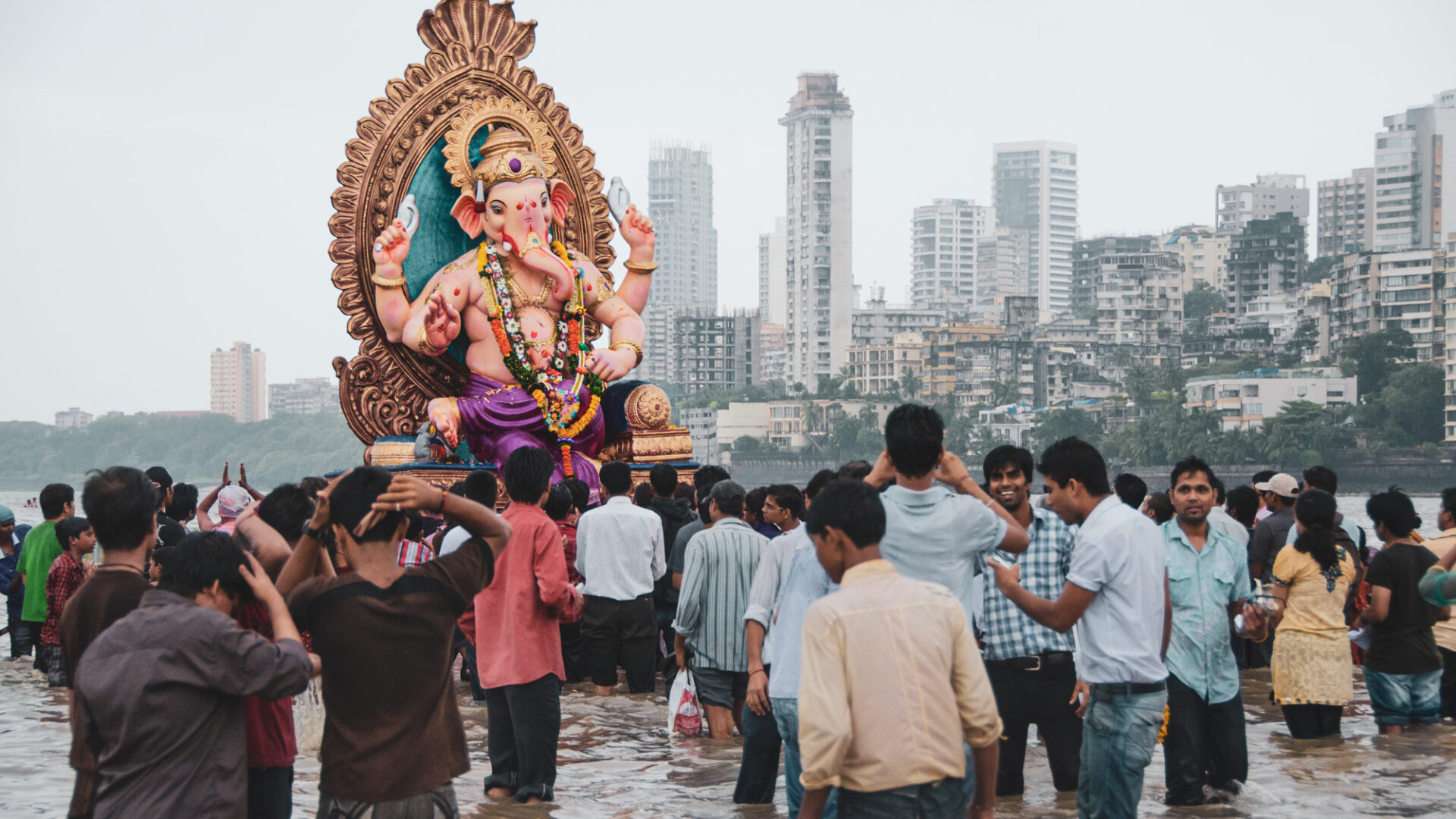
There are magnificent idols with a sense of artistic dynamism, but all of them are decomposed and left abandoned in the sea.
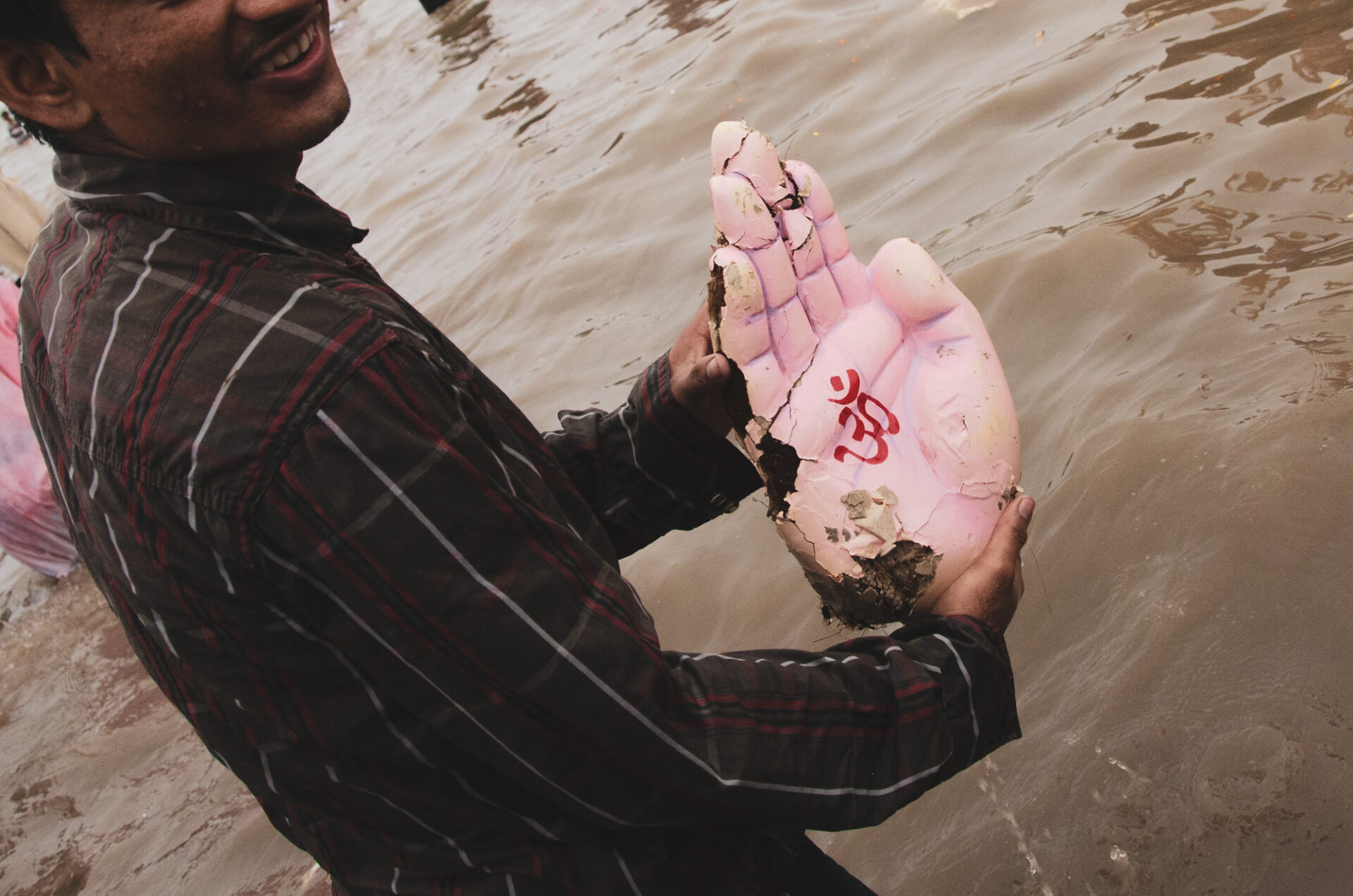
Both people and idols ultimately return to the earth in the end.
Mumbai was overflowing with vibrant energy. Throngs of people filled the streets, chanting and dancing in celebration. In the most densely packed areas, I had to keep my hands raised above my head simply to avoid being trapped in the crush—and I silently braced myself for the banana in my waist pouch to be squashed. Amidst this chaos, I witnessed a woman faint and collapse just a few meters away, yet the crowd was so thick I couldn't even reach her to offer help. It was overwhelming, almost surreal.
Despite the intensity, I was deeply moved by the spirit of the people. Their palpable reverence and pride in their culture and religion were evident not only in the public celebrations but also in the quiet dignity of families gathered together. I couldn't help but feel a sense of admiration, even envy, for this strong spiritual connection and communal unity.
At the same time, I became aware of another increasingly important aspect of the festival. In recent years, growing concerns about water pollution have led to more frequent calls for environmentally responsible practices. Many now advocate for using natural clay for the idols, ensuring they dissolve harmlessly back into the water after immersion, returning to the earth as intended. These efforts beautifully illustrate a balance between tradition and responsibility—preserving cultural heritage while protecting the environment.
When I finally managed to step away from the bustling crowd and checked my waist pouch, I realized my bananas and plastic water bottles had been stolen. Yet, in truth, what I experienced and received from India far outweighed these minor losses. A fleeting moment of frustration gave way to a strange sense of gratitude.
I can only hope the thief enjoyed the squashed bananas—and didn't simply discard them.
